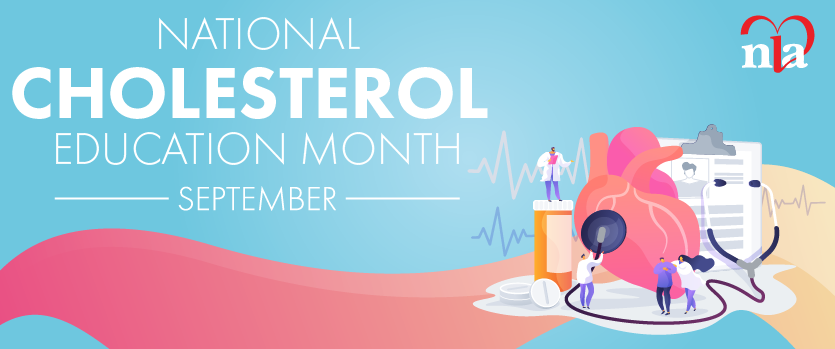Summer 2017
This issue is sponsored by the Southwest Lipid Association. Featuring: "Improving Care Through Collaboration" and "FOURIER Analysis – The Waves of Data to Roll-In" more
With spring time comes the NLA Annual Sessions and the beginning of a new term for officers and board members. I could not be more excited to serve as president for 2017-2018, and do so with a strong group of dedicated leaders that make the job both productive and enjoyable. What better way to... more
I am humbled to serve as the president of the Southwest Lipid Association. Our territory is large and diverse. Our geography spans from the deep south and the Gulf of Mexico, to the deserts of Arizona and New Mexico, to the Rocky Mountain states. Our members come from many different practice... more
It has been an honor to be co-editor of Lipid Spin for the past two years. Over this time, I have been profoundly impressed by the knowledge of the National Lipid Association (NLA) members who have graciously contributed to this publication. In an effort to promote greater opportunities for... more
The evaluation and management of dyslipidemia has advanced in recent years. Dyslipidemia is one of the major contributors of atherosclerotic cardiovascular disease (ASCVD). According to the Centers for Disease Control and Prevention statistics, about 33.5% of adult Americans have elevated low-... more
“None of us, including me, ever do great things. But we can all do small things, with great love, and together we can do something wonderful.” – Mother Teresa A collaborative leadership has the influence to transform health-systems and healthcare organizations, improving the system today and... more
It was around 1900 when Rudolf Virchow noted that the artery walls of patients dying of occlusive vascular disease contained a yellowish fatty substance. The word chosen to describe this pathological condition was the Greek word for porridge, atheroma. This material later was identified to be... more
Since loss-of-function mutations in proprotein convertase subtilisin-kexin type 9 (PCSK9) were found to be associated with reduction in low-density lipoprotein cholesterol levels (LDL-C) and coronary events1, there has been great anticipation of the development of effective therapeutic agents to... more
As clinical lipidologists, we long have aspired to treat the most common cause of mortality, atherosclerotic cardiovascular disease (ASCVD). Along the way we also have been treating diabetes, when other providers may not have been managing blood glucose in addition to lipid management.1 To further... more
Clinical Question: What are the common hypoglycemic agents that can affect lipid parameters and which parameters are effected? Many patients with diabetes mellitus have indications for statin based lipid-lowering therapy because of their high risk of cardiovascular disease as recommended by... more






.jpg)
.png)










